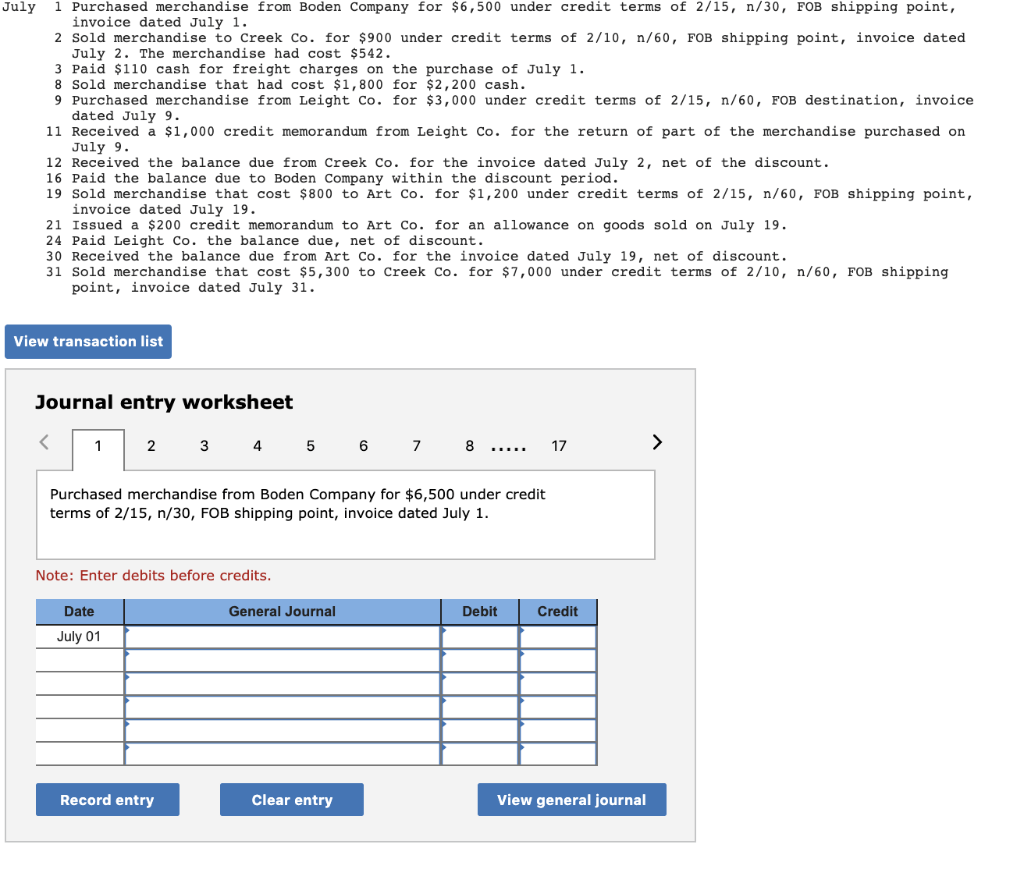In the world of business transactions, understanding the nuances of credit terms is essential for both buyers and sellers. One common scenario involves selling merchandise with a cost of $2,400 to a customer on credit terms of 3/10. This arrangement not only affects cash flow but also impacts pricing strategies and customer relationships. Navigating these terms can be challenging, yet they hold the potential for increased sales and customer loyalty if managed effectively.
Many businesses opt for credit sales as a way to attract customers who prefer purchasing goods without immediate payment. Credit terms, such as 3/10, indicate that a customer can receive a 3% discount if they pay within 10 days, providing an incentive for prompt payment. However, this arrangement also requires careful consideration of the cost of goods sold and the potential for delayed payments, which can affect overall profitability.
In this article, we will explore the implications of selling merchandise with a cost of $2,400 to a customer on credit terms of 3/10. We will discuss the benefits and challenges of credit transactions, how to calculate discounts, and the importance of maintaining healthy cash flow in a business setting. By understanding these factors, businesses can make informed decisions that align with their financial goals.
What Are Credit Terms and Why Do They Matter?
Credit terms are agreements between sellers and buyers that dictate the conditions under which goods or services are sold on credit. They typically outline payment periods, potential discounts, and penalties for late payments. Understanding these terms is crucial for maintaining cash flow and ensuring the sustainability of the business.
How Do Credit Terms Affect Cash Flow?
Cash flow is the lifeblood of any business, and credit terms can significantly impact it. When merchandise with a cost of $2,400 is sold on credit terms of 3/10, the seller must consider how quickly they will receive payment. Here are a few aspects to consider:
- Immediate cash flow may be delayed if customers do not take advantage of the discount.
- Businesses must manage their inventory effectively to avoid disruptions in cash flow.
- Late payments can lead to cash flow issues, making it essential to have a robust credit control system in place.
What Are the Benefits of Offering Credit Terms?
Offering credit terms can lead to increased sales and customer loyalty. Here are the benefits:
- Attracting new customers who may prefer credit purchases.
- Encouraging repeat business through favorable payment terms.
- Enhancing customer relationships by providing flexible payment options.
How to Calculate the Discount for Early Payment?
When selling merchandise with a cost of $2,400 on credit terms of 3/10, calculating the discount for early payment is straightforward. If a customer pays within the 10-day window, they can take advantage of the 3% discount. Here’s how to calculate it:
1. Calculate the discount amount: - Discount = Merchandise Cost × Discount Percentage - Discount = $2,400 × 0.03 = $72 2. Calculate the total amount due after the discount: - Total Amount Due = Merchandise Cost - Discount - Total Amount Due = $2,400 - $72 = $2,328What Challenges Can Arise with Credit Sales?
While offering credit terms can boost sales, it also comes with challenges, including:
- Potential for bad debt if customers fail to pay.
- Increased administrative costs to manage accounts receivable.
- Cash flow problems if a significant portion of sales is on credit.
How to Manage Credit Sales Effectively?
To ensure that credit sales remain beneficial, businesses should implement the following strategies:
- Perform credit checks on new customers to assess risk.
- Set clear credit limits and payment terms.
- Monitor accounts receivable regularly to identify overdue payments.
Conclusion: The Importance of Understanding Credit Terms
In conclusion, selling merchandise with a cost of $2,400 to a customer on credit terms of 3/10 presents both opportunities and challenges. By understanding the implications of credit terms, businesses can enhance their sales strategies, improve customer relationships, and effectively manage cash flow. With careful planning and execution, credit sales can become a powerful tool for growth and profitability.



ncG1vNJzZmixn6PAtr7IZqWeq6RjsLC5jq2pnqaUnruogY6ipWallaewqa3NnaCsnV2strW0jJpknKejqXqwsoxra2loXam8bq2MnKysrJ%2BisrN5zqdknKqVmba1edOeqaarXaSzbn%2BQaWWhrJ2h